the sun finally came out a few days ago, so I decided to check out a few local and nearby spiranthes spots for a few people that want to come up and get pictures of them. a few miles away on state rt 49 is a large population of spiranthes cernua that are the tallest ones i've ever seen. cernua is what is called a species complex; if you go to a number of different spots this time of year in upstate ny and the adirondacks, you will see a large number of spiranthes that at first glance seem like they are different species. if you send them to chuck sheviak in albany, though he will confirm that they are all different forms of cernua. often this happens because the flowers have set seed before a pollinator has had a chance to visit the open flower and that an examination of the seed shows that they often have more than one embryo - which often are signs that the plant/flower is cernua. there are other spiranthes species in the area, but i've been told that they don't often hybridize with cernua. just a slightly different position on a roadside bank can reveal what looks like three different spiranthes, which end up being different forms of the same thing. one thing that may have contributed to the wide variety of forms is that central ny state at one time was a mess of water, mud and different forms of mineral deposits on the surface, due to the mixing and deposition of soil and bedrock by the retreating glaciers. also the position on the continent between what's usually called 'the north' (canada) and 'the south' (mid-atlantic to southern u.s.) allows growing conditions to be very close to warm and cold areas, where there are other spiranthes species that grow. with all of these different growing conditions and different species in close proximity, there likely was a very great opportunity for genes from different species to mix and stir resulting in a great mess of plants that are now called the 'cernua complex'. some of these may very well be on their way to becoming new species, but for now they are still deciding what they want to be!
along rt 49 there is a constantly damp ditch and a bit more neutral conditions than the usual slightly alkaline spots where spiranthes cernua often grows in upstate ny. in this spot, the plants and flowers are often very tall, robust and fragrant. you can smell the flowers as you walk through the ditch. the plants can also be quite short, but they are still usually very robust. in other areas where spiranthes cernua can grow and flower earlier, if they are short plants they are usually not that robust. occasionally a flowering stem here can be long enough to reach from my fingertip to my elbow (just short of 2' tall which is amazing for cernua)
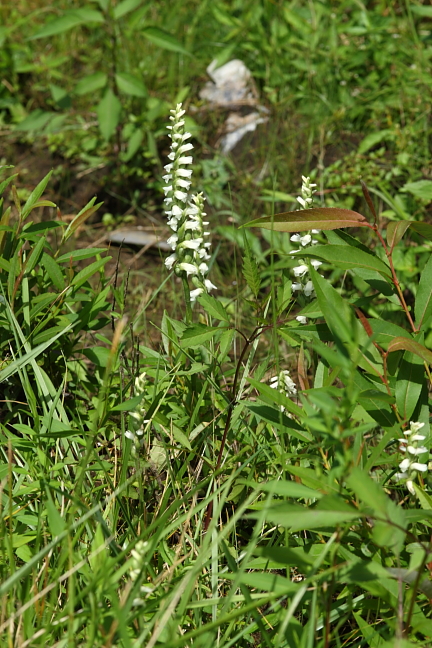
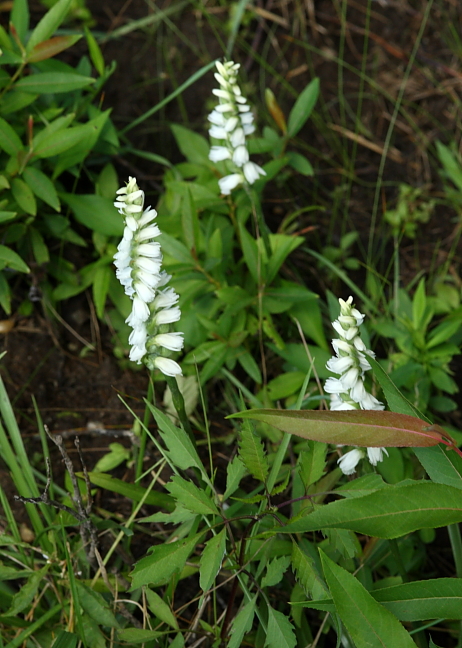
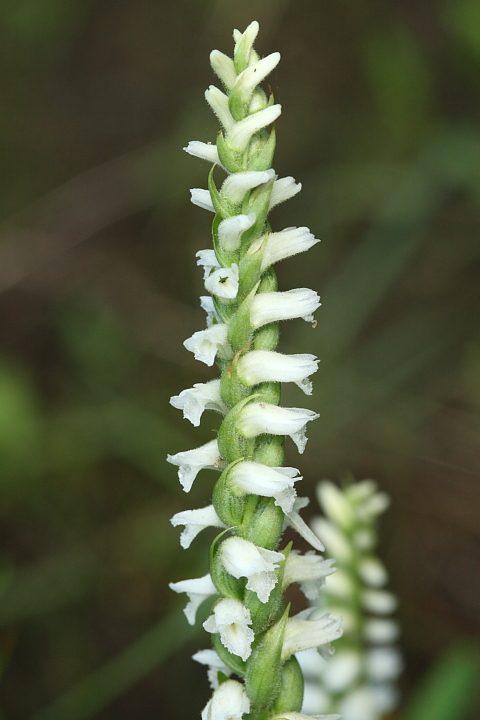
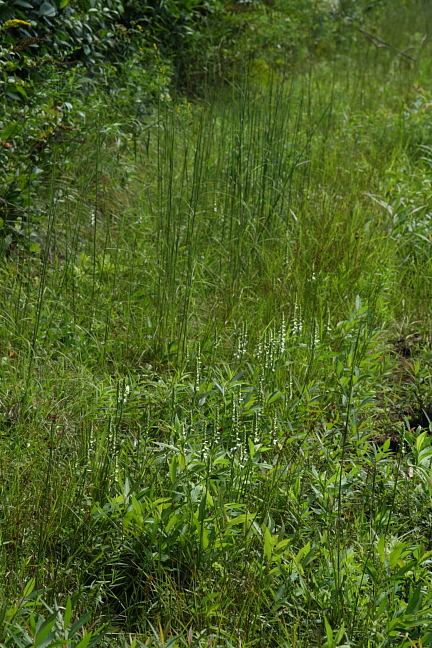
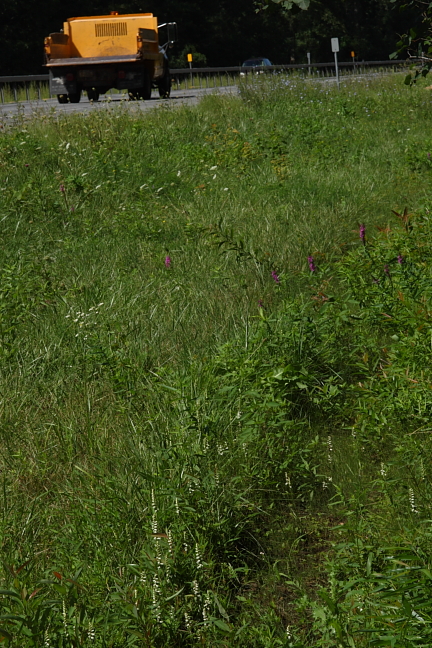
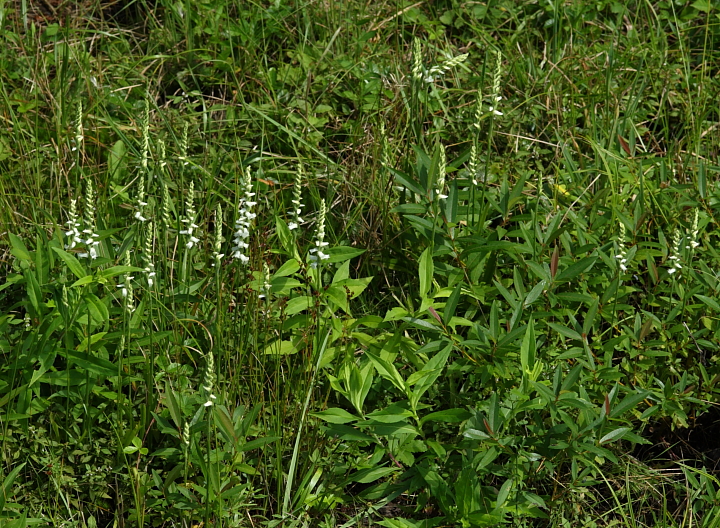
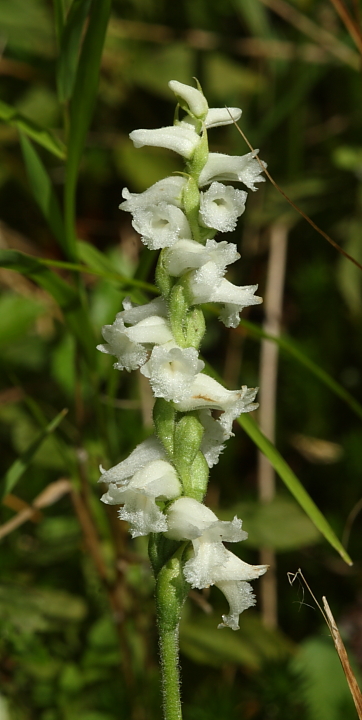
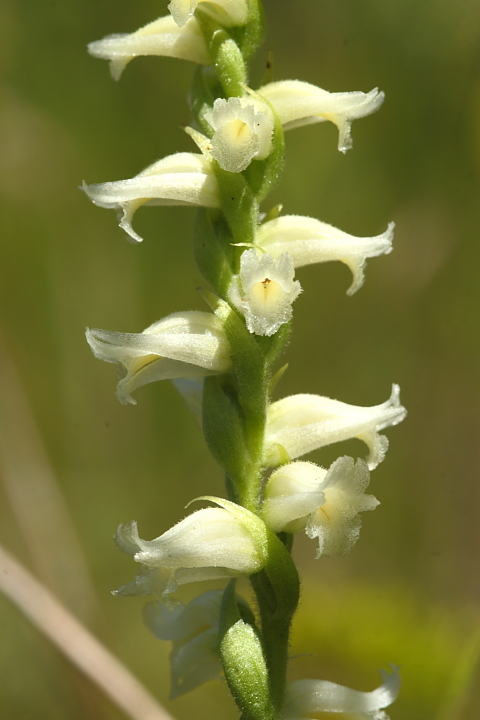
I traveled to camden, ny where there is a population of spiranthes ochroleuca. it's often hard to tell the two apart, but if you look at this picture and then look back at the cernua, you can see that the cernua are often much more 'white' and the ochroleuca is usually much more of a creamy yellow color
one sad note is that when you start seeing the summer/fall species like casei, cernua and ochroleuca, you know that the orchid season will soon come to an end! even many of the fall wildflowers are already flowering quite a bit early, and a few are wondering if there will be any wildflowers still in flower later this fall if it's still mild...
even many of the fall wildflowers are already flowering quite a bit early, and a few are wondering if there will be any wildflowers still in flower later this fall if it's still mild...
along rt 49 there is a constantly damp ditch and a bit more neutral conditions than the usual slightly alkaline spots where spiranthes cernua often grows in upstate ny. in this spot, the plants and flowers are often very tall, robust and fragrant. you can smell the flowers as you walk through the ditch. the plants can also be quite short, but they are still usually very robust. in other areas where spiranthes cernua can grow and flower earlier, if they are short plants they are usually not that robust. occasionally a flowering stem here can be long enough to reach from my fingertip to my elbow (just short of 2' tall which is amazing for cernua)








I traveled to camden, ny where there is a population of spiranthes ochroleuca. it's often hard to tell the two apart, but if you look at this picture and then look back at the cernua, you can see that the cernua are often much more 'white' and the ochroleuca is usually much more of a creamy yellow color
one sad note is that when you start seeing the summer/fall species like casei, cernua and ochroleuca, you know that the orchid season will soon come to an end!



